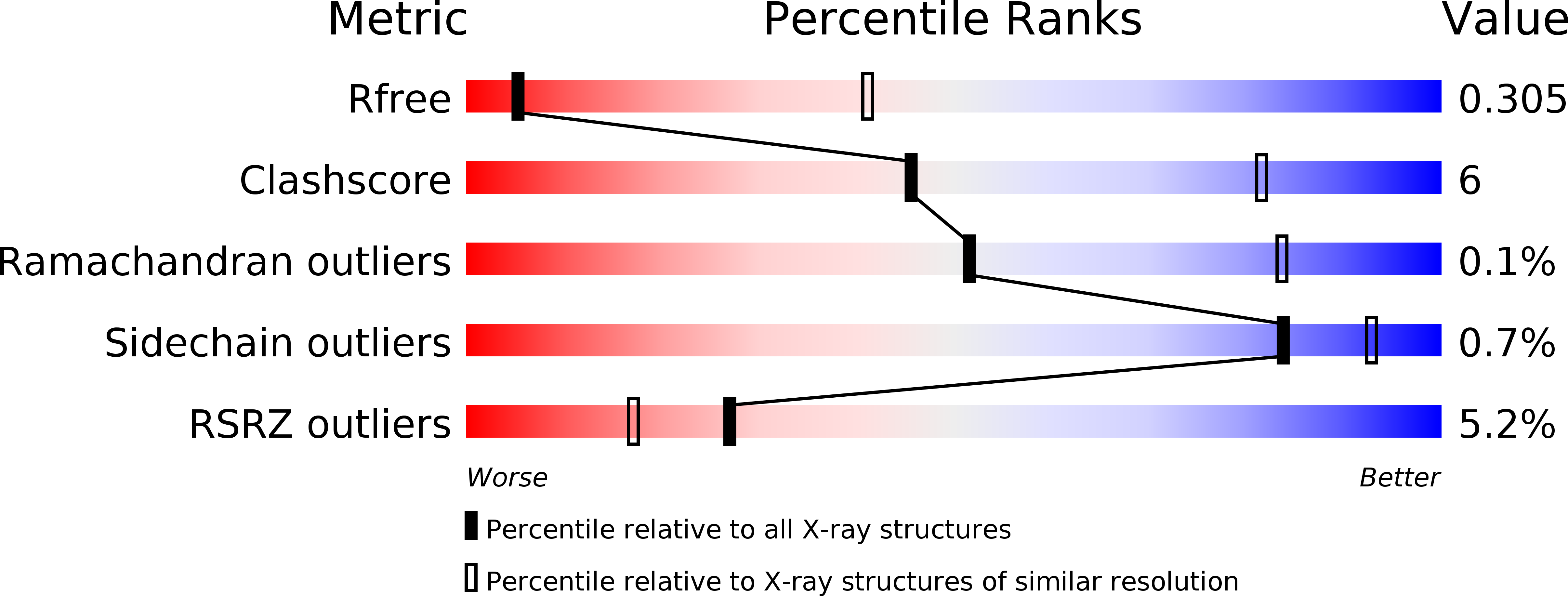
Deposition Date
2014-05-30
Release Date
2014-07-02
Last Version Date
2023-12-27
Entry Detail
PDB ID:
4TLL
Keywords:
Title:
Crystal structure of GluN1/GluN2B NMDA receptor, structure 1
Biological Source:
Source Organism:
Xenopus laevis (Taxon ID: 8355)
Host Organism:
Method Details:
Experimental Method:
Resolution:
3.59 Å
R-Value Free:
0.30
R-Value Work:
0.26
R-Value Observed:
0.26
Space Group:
C 1 2 1


